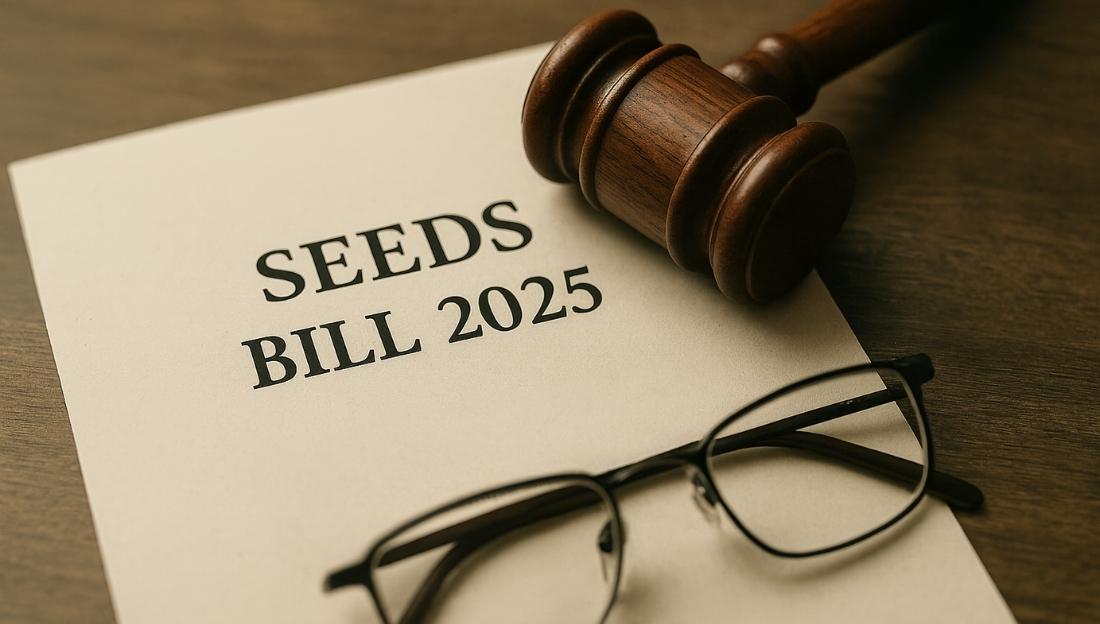The government has introduced GST 2.0 reforms, aiming to simplify tax rates, cut levies on essentials, and exempt services such as insurance. The move is expected to boost youth-driven consumption and economic growth.
India’s Demographic Advantage
- Nearly two-thirds of India’s population is below 35 years.
- Young Indians drive growth through consumption, entrepreneurship, and aspirations.
- GST 2.0 aligns fiscal reforms with the needs of this demographic group.

Impact on Household Spending
- Private consumption forms over 60% of India’s GDP — higher than in many other major economies.
- Lower taxes on essentials increase disposable income.
- Small savings across millions of families create a multiplier effect on demand.
- Helps households balance EMIs, health care, and education costs.
Insurance Exemption: A Key Reform
- Health and life insurance premiums are now GST-free.
- Earlier, cost was a barrier to insurance uptake in India.
- Exemption makes insurance affordable, encouraging financial protection and planning.
- Leads to greater insurance penetration, stronger household security, and reduced vulnerability to shocks.
Benefits for MSMEs and Young Entrepreneurs
- MSMEs employ 110+ million people and contribute significantly to GDP.
- GST 2.0 reduces compliance burden and simplifies tax procedures.
- Formalisation encourages: Easier access to credit. Stronger integration in supply chains. Confidence for young entrepreneurs to scale businesses.
Importance of Predictability and Trust
- A simplified two-tier GST structure ensures transparency and stability.
- Predictability in taxes helps young professionals plan finances.
- Builds trust between citizens and the tax system.
Way Forward
- GST 2.0 is more than a tax reform, it is a foundation for inclusive growth.
- By empowering households, boosting insurance, and supporting MSMEs, it makes India’s youth central to the growth story.
- Harnessing the demographic dividend requires such reforms to translate aspiration into opportunity.
CONSTITUTIONAL BASIS OF GST
- Inserted by 101st Constitutional Amendment Act, 2016.
- Articles added/modified:
- Article 246A → Special power to Union & States to make laws on GST.
- Article 269A → Levy and collection of GST on inter-state trade (IGST) by the Union, with sharing between Union & States.
- Article 279A → Creation of GST Council.
- Concurrent jurisdiction: Both Union and States can legislate on GST, except IGST where Union has exclusive power.
- Exclusions: Alcohol for human consumption kept outside GST. Petroleum products are temporarily excluded (can be brought in by GST Council decision).
GST Council – Composition
- Chairperson: Union Finance Minister.
- Members:
- Union Minister of State for Finance/Revenue.
- Finance/Taxation Ministers of all States and UTs with legislatures.
GST Council – Voting & Weightage
- Decision-making:
- Quorum requires at least 50% of members
- Each decision needs 75% majority of weighted votes of members present and voting.
- Weightage system:
- Union Government → 1/3rd of total votes.
- All States together → 2/3rd of total votes.
- This ensures that no single side (Centre or States) can decide unilaterally; both must agree for a decision to pass.
Conclusion:
GST 2.0 strengthens purchasing power, supports young entrepreneurs, and builds trust in governance. By making everyday life more affordable and predictable, it channels India’s youth potential into long-term, consumption-driven growth.





